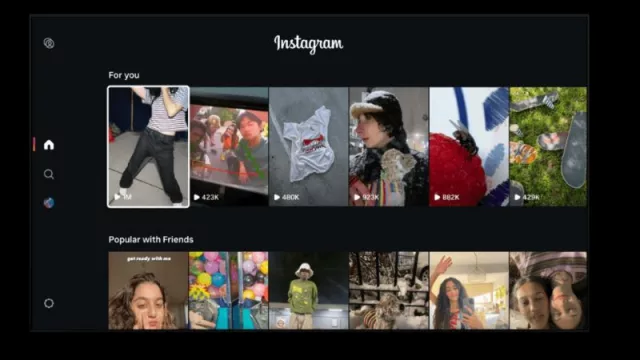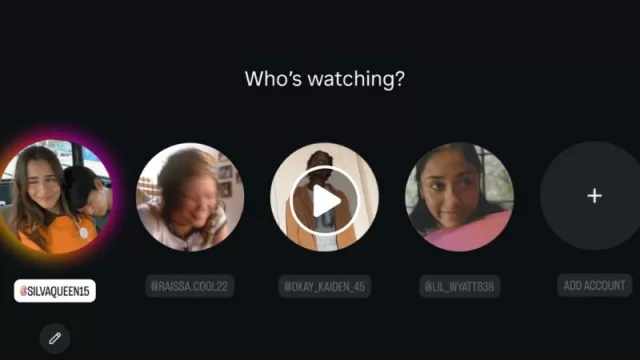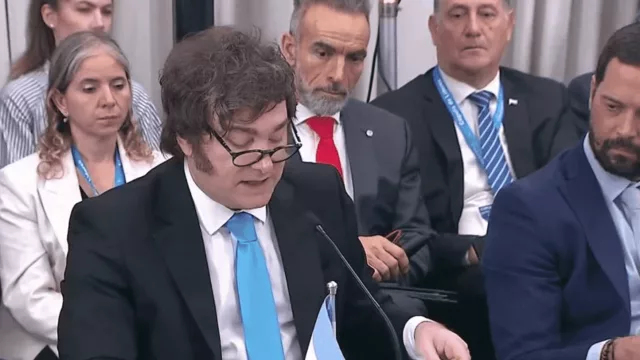In the midst of this F1 boom in Miami, we watched and analyzed this genius work as a team, and it is very important that you see it over and over again, just like others such as The Founder (McDonald's History) and Duel of Brothers (Puma vs Adidas).
The big question is... you, your friends, your bosses, your partners, your executives, your enemies? Which characters are you from this movie?
We have advanced so much in AI, but so little in emotional intelligence and ethics. Today we are more aware that many who are not the best people prevail in history, and that is something we clearly need to revisit. A multitask shock of learning made into a film that you cannot miss.
Firstly, the movie highlights the importance of innovation and disruptive thinking. The character of Carroll Shelby, played by Matt Damon, is a perfect example of someone who thinks outside the box. Shelby realizes that to beat Ferrari, Ford needs a completely new car, not just an improved version of the previous model. Shelby partners with British driver Ken Miles, played by Christian Bale, to design and build the car that ultimately beats Ferrari at the 24 Hours of Le Mans.
The lesson here is that business leaders must be willing to think big and take risks to achieve success. Great advances cannot be achieved simply by improving what already exists. New ideas and approaches are needed to stand out in a saturated and competitive market.
Secondly, the movie highlights the importance of having a strong and collaborative team. Shelby and Miles work together to design and build the car that ultimately beats Ferrari. They both respect and trust each other, and work together to overcome the obstacles that arise along the way.
Another great lesson for business leaders is that they must value their team and foster a collaborative environment. By working together, team members can achieve more than they could individually. Leaders must motivate and empower their employees to work together towards a common goal.
The movie highlights the importance of listening to customers. In the movie, Ford realizes that its brand is perceived as outdated and boring by younger consumers. To change this perception, they decide to create a sports car that appeals to this market segment. But for this, a very strong role is needed, which is being lost in corporations, and that is the strong, broad, down-to-earth, challenging, and brand-loving Marketing Manager, embodied in the movie by the iconic Lee Iacocca, a marketing legend that is rarely taught today in app videos and universities.
The lesson here is that business leaders must be in tune with the needs and desires of their customers. They must be willing to listen and adapt as the market evolves. Companies that are not willing to evolve run the risk of falling behind.
Why watch it, only in a group, as a work dynamic?
Ford vs. Ferrari has scenes that are worth watching over and over again. It offers a wealth of valuable lessons for business leaders and marketing experts. The movie highlights the importance of innovation, collaboration, and customer focus. It also emphasizes the importance of thinking big and taking risks to achieve success. In an increasingly competitive business world, these lessons are more important than ever. Business leaders who are willing to apply these teachings in their strategy are more likely to succeed.
The film showcases some characters that represent common characteristics in companies and organizations. Firstly, we see selfishness in the figure of Henry Ford II, who is portrayed as a man obsessed with his company's image and willing to do anything to win. His interest in the company is evident, but so is his desire to maintain his status and power in the organization.
We also see this very clearly in the figure of Leo Beebe, the executive who tried to frustrate the efforts of Carroll Shelby and Ken Miles' team, with his selfish, territorial, fearful, bureaucratic, aggressive attitude. He does not see or accept anything that does not fit his own narrow worldview. Emotionally, he sees everything he cannot control and dominate as a threat that must be destroyed. The problem with this attitude is that it is often assumed by people with talent but with very little emotional flexibility. They usually feel that they are losing power and will do anything to intellectually and factually destroy anyone who proposes a different way of working or a disruptive idea.
Is the brave thing to see if one is like this? Or is it to see who is like this in your environment?
The biggest lesson in marketing, management, and life is about fear. It is an emotion that is shown in several characters in the film. The Ford executives who oppose the project of building a race car to compete in the 24 Hours of Le Mans do so because they fear that failure will damage the company's image and cause a loss of investor confidence. In addition, in the scene where Carroll Shelby introduces Ken Miles as the driver for Le Mans, you can see fear in the faces of some of the Ford executives, who fear that Miles is not attractive enough to the public and that the company will not make as much money as expected.
Finally, corporatism is another aspect that is highlighted in the film. The Ford executives are portrayed as men who are more concerned with maintaining hierarchy and the status quo in the company than with innovating and creating something new. The scene where Shelby and Miles meet with the Ford executives to discuss the design of the car is a good example of this. The executives are more interested in making superficial changes to the design to satisfy their own needs than in making significant changes that could improve the car's performance.
Ford v Ferrari is a movie that shows us some of the most common characteristics in companies and organizations. Selfishness, fear, and corporatism are aspects that often prevail in companies and can hinder innovation and progress. It is important that leaders of companies and organizations strive to overcome these tendencies and foster an environment of collaboration, creativity, and innovative thinking. Ultimately, this can help companies grow and succeed in the long term, and this lesson is applicable to sports, education, political teams, and more.












Tu opinión enriquece este artículo: